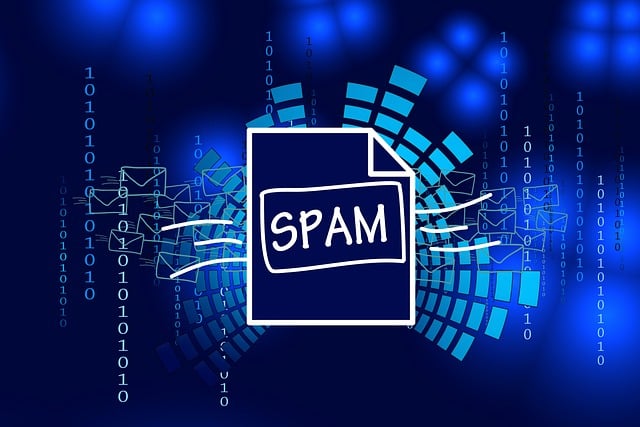
Spam email is more than just an annoyance; it’s a pervasive issue affecting millions globally. This article dives into why spam continues to plague our inboxes and what we can do to mitigate its effects.
Historical Context
The phenomenon of spam email dates back to the early days of the internet, evolving from simple unsolicited messages to sophisticated phishing schemes designed to steal personal information. As digital communication became mainstream, so did the opportunities for spam.
Reasons Why Spam Continues to Proliferate
1. Economic Incentives
Spamming remains a lucrative business. Despite the low response rate, the minimal costs associated with sending bulk emails mean that even a few positive responses can generate profits. This high return on investment keeps spammers in the game.
2. Advancements in Technology
Technology has not only advanced our communication capabilities but also those of spammers. Modern tools allow spammers to automate sending emails on a massive scale, using botnets to distribute their messages across the globe.
3. Lack of Effective Regulation
The global nature of the internet makes it challenging to enforce anti-spam laws. While countries like the United States have strict regulations like the CAN-SPAM Act, other regions lag behind, creating safe havens for spammers.
4. Data Availability and Breaches
Frequent data breaches have made a wealth of personal information available on the dark web, providing spammers with up-to-date contact lists. This continuous flow of data fuels the spam industry.
5. User Behavior and Awareness
Many users unknowingly contribute to the spam cycle by engaging with spam emails, such as clicking on links or downloading attachments. This lack of awareness about secure email practices perpetuates the problem.
Impacts of Spam
Spam email is not only a nuisance but also a significant threat, leading to financial losses and compromising personal security. On a larger scale, businesses spend considerable resources managing spam, which can affect productivity and technical infrastructure.
Solutions and Preventative Measures
1. Technological Solutions
Innovative spam filters and blockers can significantly reduce the amount of spam email reaching our inboxes. Machine learning algorithms are continually improving to identify and quarantine spam more effectively.
2. Regulatory Measures
Effective spam combat requires robust legal frameworks. Improved international cooperation and enforcement can help mitigate the volume of spam originating from less regulated areas.
3. Best Practices for Individuals
Individuals can protect themselves by being cautious about sharing their email addresses, recognizing spam signs, and using reliable anti-spam software. Education on cybersecurity can dramatically reduce the chances of falling victim to spam.
Conclusion
While spam email remains a formidable challenge due to its lucrative nature and technological advancements, understanding its dynamics and implementing strong protective measures can help reduce its impact. Stay vigilant and proactive in your digital interactions to keep your inbox clean and your data safe.
Enhance Your Professional Communication Today!
Unlock the full potential of your business communication with Sectorlink’s Business Email service. Experience unmatched reliability, enhanced security, and superior customer support designed to keep your business running smoothly. Don’t let spam and inefficiencies slow you down. Join thousands of satisfied businesses and empower your team with a professional email solution that stands out. Sign up for Sectorlink’s Business Email service now and take the first step towards seamless and secure business communication!
